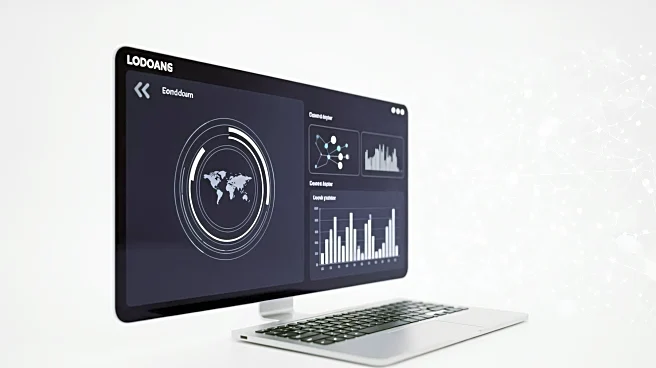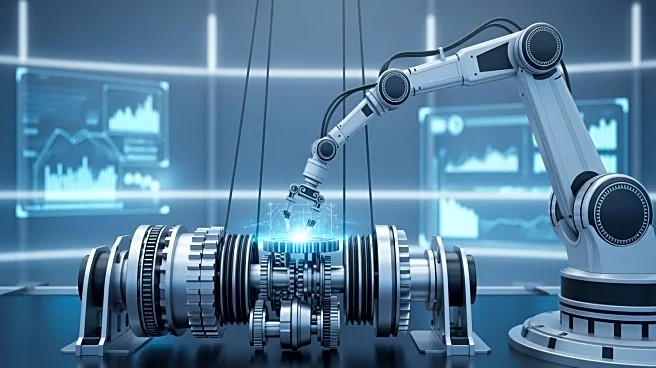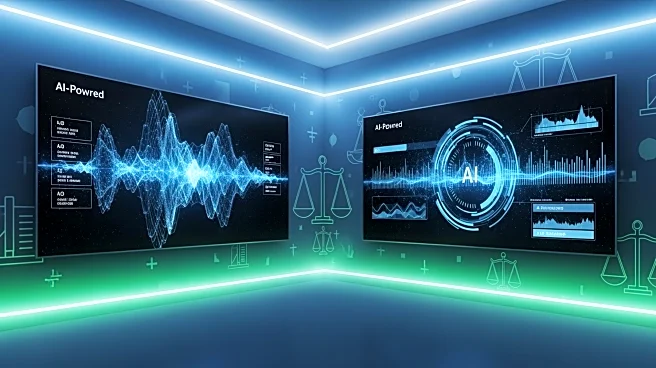What's Happening?
The maritime industry is undergoing a significant shift in training methodologies due to the prevalence of instant information access through digital tools like Google and AI agents. Traditional training focused
heavily on memorization, but the current environment demands a balance between muscle memory and critical thinking. Mariners are now trained to act decisively in emergencies, where immediate action is crucial, while also being equipped to use reference-driven materials for complex tasks. This approach mirrors practices in aviation, where pilots rely on instinctive responses and structured checklists to handle emergencies effectively.
Why It's Important?
This evolution in maritime training is crucial for enhancing safety and efficiency at sea. By distinguishing between skills that require automatic responses and those that can be supported by reference materials, training programs can better prepare mariners for real-world challenges. The integration of structured guidance with instinctive actions ensures that mariners can respond swiftly and accurately in emergencies, potentially reducing the risk of accidents and improving overall safety. This shift also reflects broader changes in how industries leverage technology to optimize training and operational procedures.
What's Next?
The maritime industry is likely to continue refining its training programs to incorporate digital tools and structured guidance. This may involve developing standardized checklists and digital resources that are easily accessible during emergencies. As the industry adapts to these changes, trainers will need to focus on creating a balanced approach that combines instinctive actions with guided procedures. This could lead to collaborations with technology providers to develop innovative training solutions that enhance mariner preparedness and safety.
Beyond the Headlines
The shift in maritime training highlights broader implications for how industries adapt to technological advancements. It raises questions about the role of memory and judgment in professional settings, and how training can evolve to meet the demands of a digital age. This development also underscores the importance of continuous learning and adaptation in maintaining safety standards and operational efficiency.











